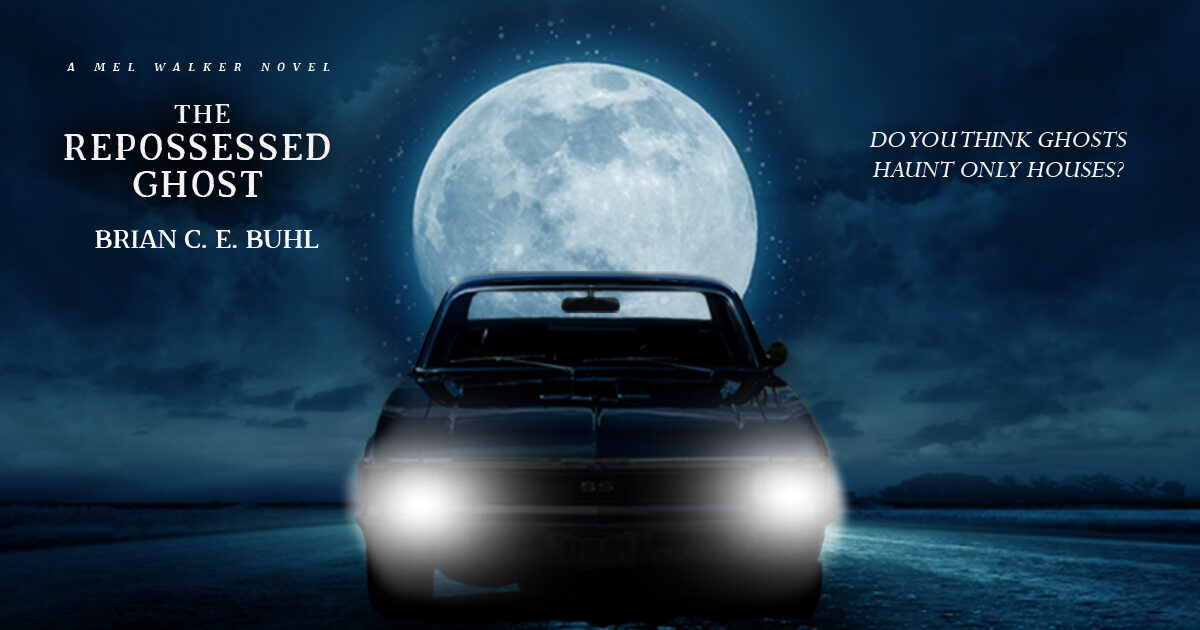I keep telling myself before writing these posts that it’s going to be short and sweet. Then I proceed to write 1000 to 1500 words on a subject I didn’t think I’d be able to stretch beyond a couple of paragraphs.
Tonight, on this 14th day of Blogtober, will be different! I rarely write stories containing multiple viewpoint characters, so how much could I have to say on the subject?
Multiple POVs Increase Word Count
While talking to a pro about calculating projected word count for a story, they gave me some formula that involved the number of plot threads, locations, and POV characters. I don’t remember the details of the formula, but for every POV character added, you wind up adding an extra 10%, or 10,000 words. Something along those lines.
It makes sense, because each POV requires additional space in order to provide a unique voice and perspective. Building a personality for the reader to inhabit takes time, and that translates into inflated word count.
Multiple POVs Add Perspective
When you take the time to build out another set of eyes to view the story, you wind up creating additional context for the narrative. In one of the recent prompts, I recommended you write a piece of flash fiction first told from the perspective of a baker, then the same piece of flash from the perspective of Batman. With multiple POVs, you don’t have to choose which one you like best.
Changing Perspectives Slow the Story Down
Slowing the story down isn’t necessarily a bad thing, but it’s something you should be aware of when you change gears. The reader is fully engaged in the character one moment. The next, the reader is hearing a different voice, probably in a different location. It takes time to reorient.
If you shift POVs very often, the experience can be exhausting or confusing for the reader. Some writers attempt to change perspectives mid-chapter or even mid-scene. If you can pull it off, more power to you. I can’t recommend it, though. In my opinion, rapid or sudden shifts break immersion.
The Benefits of a Single POV
The primary benefit of a single POV for me is consistency in the voice. I find writing with a single character’s perspective easier, simply because I don’t have to relearn how to “speak” like the other characters again.
Additionally, a single POV can lead to a greater depth of reader immersion. It makes logical sense. If you write a 300 page story, using a different character and voice on each page, you only have a single page per character, so you don’t have time to go deeper. Writer that same 300 page story from the perspective of one character, and you can luxuriate in their thoughts.
You can go deeper with a single character, but it is not guaranteed. You have to be willing to explore and flesh them out, which presents its own unique challenges.
What About Third-Person Omniscient?
Third-person omni is not as fashionable as it once was. John Scalzi still utilizes third-person omni. The Dragon Never Sleeps by Glenn Cook is either third-person omni, or a distance third-person limited. One can find these stories, but that style is more common when looking at stories that came out during the 40’s, 50’s, and 60’s.
Third-person omni has more in common with first person than third, in that the story is being delivered by one voice, the voice of the narrator. The narrator may or may not be a character within the world, but that doesn’t matter. They provide a consistent voice and perspective, sometimes at odds with what’s going on in the story. The Hitchhiker’s Guide to the Galaxy is a good example of this.
Parting Thoughts
My current work-in-progress, Synthetic Dreams, is a tight third-person limited, told using two POVs. It’s the first novel I’ve attempted using multiple POVs, and I think it works for this story. The differences between my characters are wide, which allows me to explore the unique and interesting aspects of the world in a natural and satisfying way.
Some stories work better with a single POV, and some stories are allowed to breathe by using multiple POVs. It’s up to you. Some experimentation may be in order.
So that’s the obvious prompt tonight. Experiment with different POVs. Write a few hundred words using a style you’re less accustomed to using and see how it feels.
Oh! Here’s another mission, should you choose to accept it. Find a book written using multiple POVs, and pay close attention to their transitions. Does it flow from one character to the other seamlessly, or is it jarring? Are there mini cliffhangers present when we end time with one character, preparing to move on to another?
